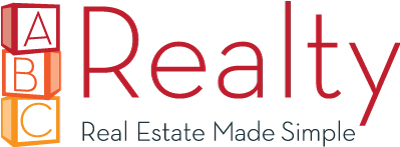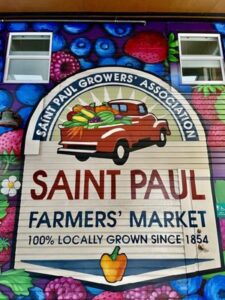Whether you’ve just bought a home in Saint Paul or settled into Minneapolis with a sunny patio, starting a garden can be one of the most fulfilling ways to connect with your space—and your community.
Gardening in the Twin Cities is more than flowers and food. It’s a practice rooted in care, sustainability, and growth—both personal and communal. Here’s a beginner-friendly guide to help you get started, with trusted support from the University of Minnesota, Urban Roots, and the USDA.
1. Understand the Twin Cities Growing Season
Both Minneapolis and Saint Paul sit in USDA Zone 4b, where the growing season typically starts in late April or early May and wraps up by mid-October. The UMN Extension Planting & Growing Guides can help you plan what to plant—and when.
Beginner favorites include:
- 🥬 Leafy greens like lettuce and kale
-
🥕 Carrots, radishes, and peas
-
🍅 Cherry tomatoes
-
🌸 Zinnias, coneflowers, and marigolds
Start small—containers, window boxes, and raised beds are all great options for beginners!
🔗 At-Home Gardening – UMN Arboretum
2. Match Your Plants to Your Space
Sunlight:
– Full sun (6+ hrs): Great for tomatoes, peppers, flower
– Partial shade (3–6 hrs): Leafy greens, herbs
– Full shade (<3 hrs): Ferns, coleus
Soil:
Twin Cities soil can vary from heavy clay to compact urban fill. Use compost or raised beds to improve drainage and nutrient levels.
Water:
Most gardens need about 1″ of water weekly. Water early in the morning, and keep a close eye on container gardens—they dry out faster than in-ground plots.
3. Grow With Purpose: Urban Roots MN
Based on the East Side of Saint Paul, Urban Roots is one of the most inspiring youth-powered gardening programs in the Twin Cities. They train and employ local youth (ages 14–24) through hands-on experience in Market Gardening, Cooking & Nutrition, and Conservation & Environmental Stewardship.
Each year, their youth grow more than 15,000 lbs. of food across urban gardens and donate/sell it through markets, hunger relief efforts, and local events.
Support Urban Roots by:
– Shopping at their booth at the Mill City Farmers Market (Minneapolis)
– Donating or volunteering with their youth programs
– Spreading the word about youth-grown, community-powered food!
4. Visit Twin Cities Farmers Markets
Shopping local is a great way to support community growers, youth, and neighbors. You’ll find fresh, seasonal produce and hand-grown herbs and flowers—often from organizations like Urban Roots.
Farmers Markets to Check Out:
- Mill City Farmers Market (Minneapolis – Saturdays)
- Saint Paul Farmers Market (Downtown + neighborhood pop-ups)
- Many local community pop-ups and seasonal events across the metro
5. Thinking Bigger? USDA Supports Small & Urban Farming
If you’re dreaming of turning your hobby garden into something bigger—or supporting a community garden—the USDA Natural Resources Conservation Service (NRCS) offers programs specifically for small-scale and urban growers in Minnesota.
Through Small and Urban Farming in Minnesota, the USDA provides compost and soil support, raised bed and hoop house planning, water conservation and pollinator support, and technical help for beginning and BIPOC farmers
This is a great fit for Twin Cities residents creating school gardens, neighborhood plots, or expanding a personal garden dream.
6. Gardening Is a Journey, Not a Checklist
We’re here to remind you that you don’t need to grow everything or get it all right the first time. Some plants will thrive. Others might not. That’s okay! Gardening teaches patience, curiosity, and connection.
You’ll learn from the land—and from your neighbors.
Top Twin Cities Gardening Resources
Gardening is more than planting seeds—it’s about growing food, health, connection, and community. Whether you’re nurturing herbs in a Minneapolis apartment or managing a backyard plot in Saint Paul, you’re part of a vibrant, resilient movement.
Here’s to your first season—and many more to come.

